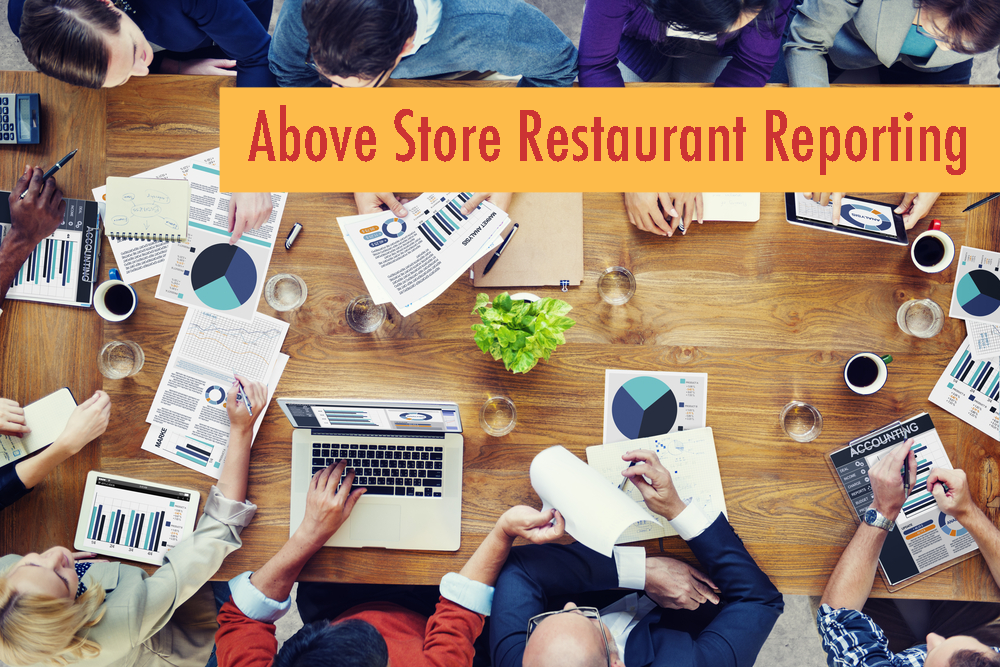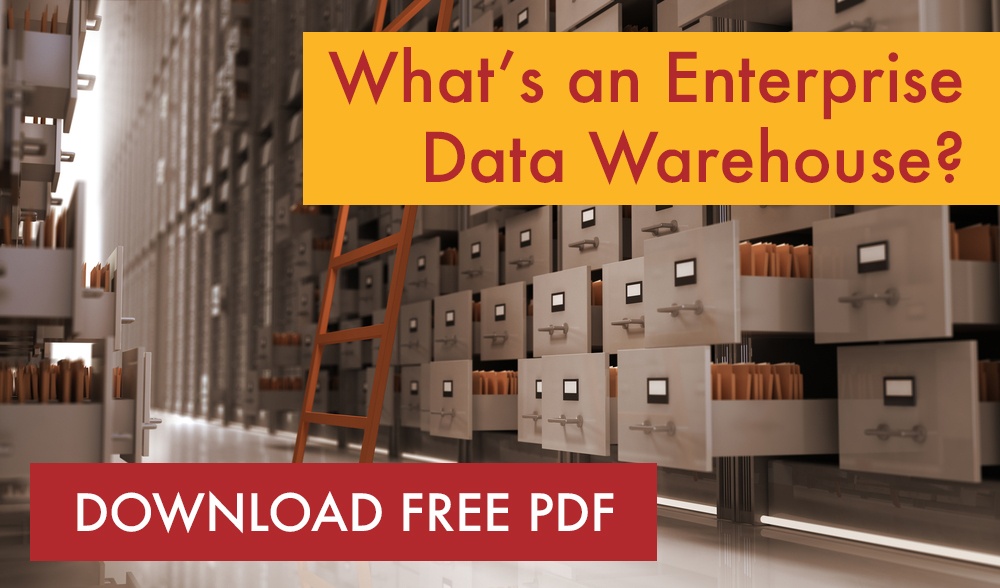
Above Store Reporting
In today’s highly competitive restaurant marketplace, restaurant companies are slowly evolving and becoming more data-centric when it comes to decision making but it’s definitely a learning process. Part of the reason is due to changes in the way many newer systems (POS, BOH, etc.), are delivering Above Store Reports (ASR) on daily activities. OK before I go further on this, let’s go back to the beginning and then fast forward back to today.
I’m not going to go all the way back to paper and fax machines but for those that remember this tedious process, I’d be remiss to ignore its existence. With the advance of the Internet and computers, paper forms and faxes were replaced with reports being made visible by logging into the POS or BOH systems. One main difference between now and then is the early systems required you to login to each location individually before you could see any reports.
While a long way from having to physically be on site to see the reports, the process of rolling up information was still tedious, time-consuming and fraught with potential errors as it was collected from each location, written down and transposed into a spreadsheet for further manipulation and distribution. Fast forward to today and you’ll find most new POS / BOH and ASR solution providers have taken steps that allow the person reviewing reports to see both individual location reports as well as consolidated reports by rolling up the information they need.
Despite these improvements, there’s still much needed to gain the valuable insight necessary for locating opportunities to improve revenues and profits. Don’t get me wrong, being able to see yesterday’s sales, PMIX or labor numbers at a given location or multiple locations is much quicker, less prone to errors and can be useful but, in the end, it only serves to tell you what happened, (e.g., how many cookies did I sell, what was my labor % of Sales, etc.), which, after all, "See What Happened" is the title of this article.
Let’s examine some of the other underlying reasons keeping an ASR solution from answering more than just what happened:
- ASR systems typically collect data only from store-level systems, such as POS and BOH. Many are not equipped to capture all of the in-store data you might need/want such as kitchen video, or speed of service data. Adding new types of data, such as mystery shopper, drive-thru timer or loyalty data, can be quite expensive if it’s even possible at all.
- ASR systems typically collect summarized data, not the detail. For example, collecting Product Mix summaries but not the underlying transaction level details (TLD) of every customer receipt. Summarized data is always less valuable compared to detailed data because it limits your ability to analyze or understand where opportunities or issues reside.
- If the ASR system is set to deliver labor as a percent of sales for the entire day, there is no way of breaking that down by daypart (Breakfast, Lunch, Dinner). In this model, change is expensive both in terms of time and money.
In summary, the capabilities of an ‘above store reporting system’ are, by design, limited to answering the question of what happened and not why something happened. Why? That’s the question now, isn’t it? Well, it’s because underneath the covers, so to speak, these systems are designed to record transactions which simply means that they’re really good at recording every item related to a transaction. However, it’s because of that capability they’re not good at helping you analyze why something happened. For that, you need an Enterprise Data Warehouse (EDW).
Enterprise Data Warehouse
I’m not going to go into detail on what an EDW is but for the purpose of distinguishing it from your POS, BOH or ASR solution it might help to at least define what it consists of. An EDW is a centralized repository that integrates data from various in-house or 3rd party systems and applications that are used to operate and manage your business. In contrast to a POS, BOH or ASR system, the EDW is built for the retrieval of data and analysis rather than the upkeep of individual transactional records. You can learn more about Enterprise Data Warehousing.
Conclusion
Measuring restaurant performance is at its best challenging, but necessary if you want to maximize restaurant profit margins and customer satisfaction. To accomplish this you need the right information delivered to the right people at the right time to make the best decisions possible. And you must do this every day.
As we noted at the beginning of this blog, even when there were no computers many companies collected enough data to have considered themselves data-driven, even if that buzzword hadn’t been around at that time. However, in today’s fast-paced restaurant business you can’t rely on paper and faxes anymore than you should on an ASR solution. It’s essential for today’s restaurant industry leaders and those who will become leaders tomorrow to leverage an enterprise data warehouse to their competitive and financial advantage.
Thoughts?
Do you currently rely on your POS, BOH or another ASR solution for your reports?
Is it meeting your information needs? If not, give us a call and let us show you how and EDW, like MIRUS Enterprise, can help you achieve your revenue and profit goals.
About Mirus:
Mirus is a multi-unit restaurant reporting software used by operations, finance, IT, and marketing.
For more information, please visit: www.mirus.com
If you enjoyed this blog, please share this post by using the social buttons at the top of the page and make sure to leave your thoughts in the comment section below!










.png?width=50&height=50&name=Mirus%20Logo%20(1).png)